Forex market rebounds as banks smile upon dollars
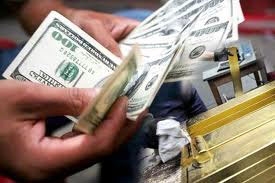 |
| illustration photo |
Over the past few weeks, some local banks have offered dollar-denominated deposit rates higher than 2 per cent per year cap set by the State Bank.
Le Quang Trung, deputy general director at Vietnam International Bank (VIB) said that this development might derive from raising demand to borrow dollars.
“Some banks lent too many dollars and now must lift dollar deposit rates even higher than the 2 per cent per year cap to meet this demand,” said Trung.
From January 1 through to June 20, according to the State Bank data, dollar credit growth hit 23.47 per cent, while dollar mobilisation growth stood at 8.9 per cent. At the moment, dong lending rates are 20-25 per cent, per year while dollar lending rates are 8-9 per cent, per year.
“Big rate differences have encouraged corporates to borrow dollars then sell out for Vietnam dong. This might be risky once the loans mature. They have to source dollars to pay [the loans] back,” said Trung.
However, Banking Strategy Institute head Nguyen Thi Kim Thanh said that the foreign exchange market was not a problem.
“We can see the trade deficit is on the way down while the State Bank is buying a large amount of dollars from the banking system. This amount is enough to cover any surge in demand for dollars,” said Thanh.
According to a government report to the National Assembly, the State Bank has net bought $4 billion in 2011.
Meanwhile, the General Statistics Office forecasted that July’s trade deficit would be around $200 million thanks to gold exports.
“Around $800 million worth of gold has been exported in July, lifting the figure for mid May- July period to $1.8 billion,” said the office.
Domestic residents have been shifting from foreign currencies to dong. In June, dollar denominated deposits fell by 3.62 per cent while the dong deposits increased by 2.23 per cent month-on-month.
Trung said that the forex market would be fine in the short term, but the State Bank should work out specific policies to control dollar lending activities to quash possible future risks.
“For enterprises’ dollar demand, this should be satisfied via buying-selling transactions, not a lending-borrowing stance,” Trung said.
What the stars mean:
★ Poor ★ ★ Promising ★★★ Good ★★★★ Very good ★★★★★ Exceptional
 Tag:
Tag:
Related Contents
Latest News
More News
- Remittances to Ho Chi Minh City top $9.6 billion in 2024 (January 10, 2025 | 13:59)
- Banks launch promotions to hail Year of the Snake (January 09, 2025 | 11:08)
- Standard Chartered Vietnam named Best Foreign Bank and Best Digital Bank 2024 (January 09, 2025 | 09:00)
- Banking sector seeks to build on last year’s strong growth (January 08, 2025 | 12:00)
- Credit growth confronts new pressure (January 08, 2025 | 08:00)
- Rate policies to be managed strategically (January 07, 2025 | 16:13)
- 2024 a year of resilience for Vietnam Bank for Social Policies (January 07, 2025 | 13:14)
- Vietnam’s capital market set to diversify in 2025 (January 04, 2025 | 08:00)
- Digital assets now indispensable choice (January 03, 2025 | 18:00)
- Banks expedite massive bond issuances to raise capital before new year (January 03, 2025 | 16:56)




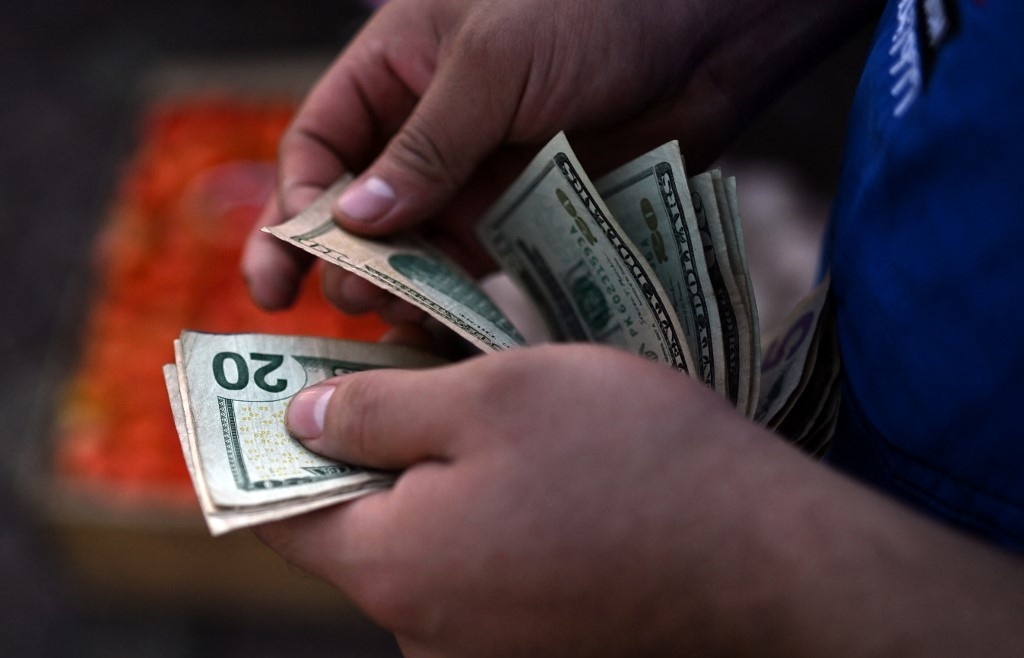

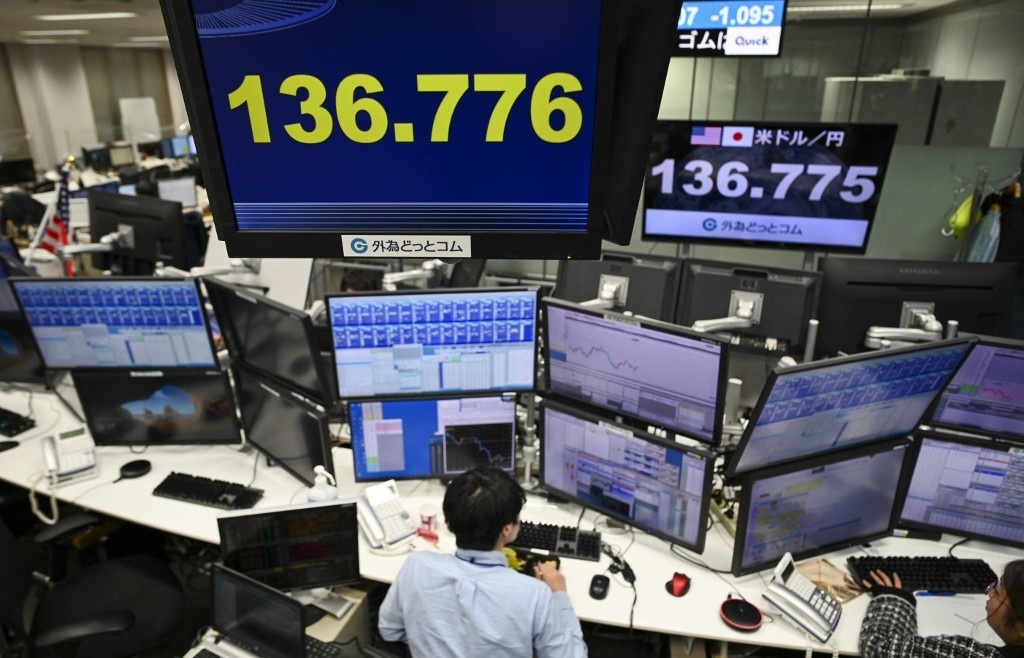
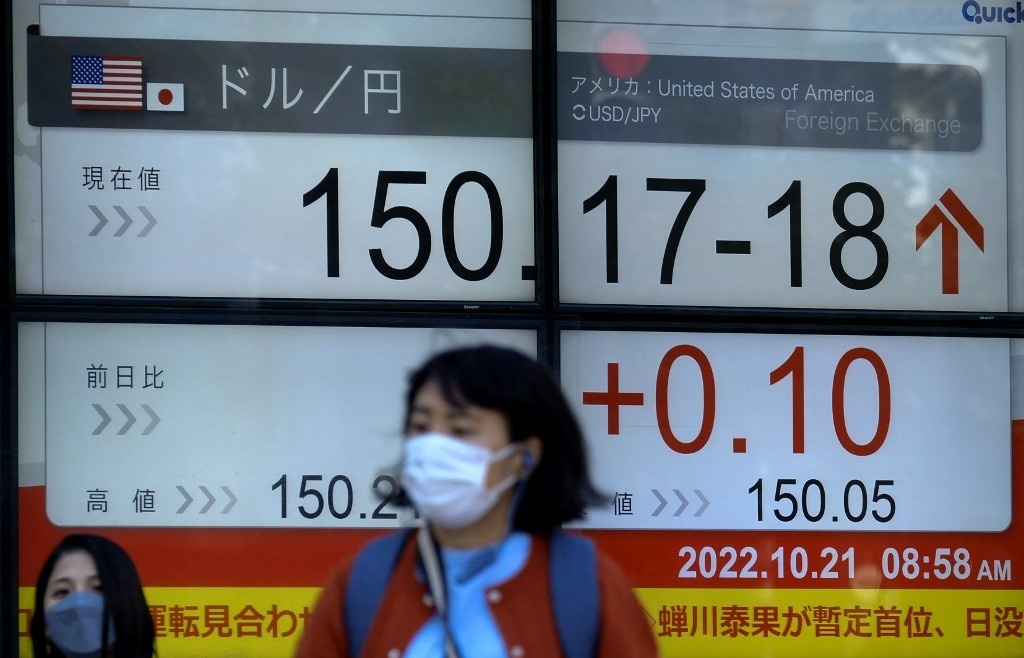
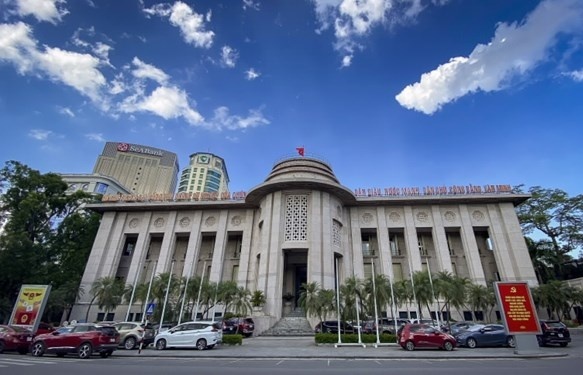
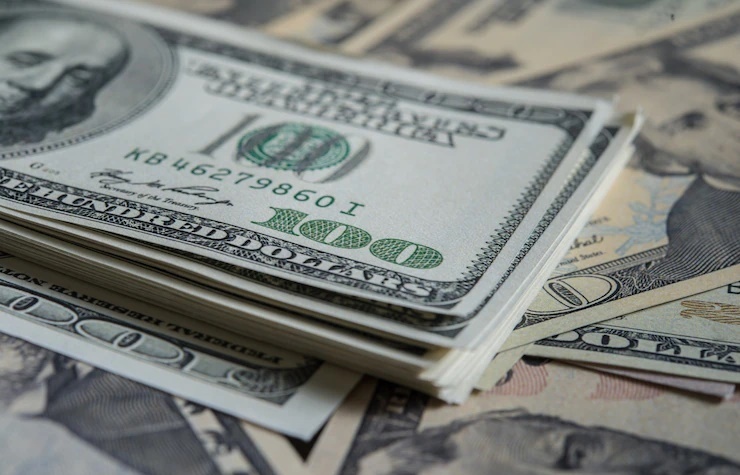





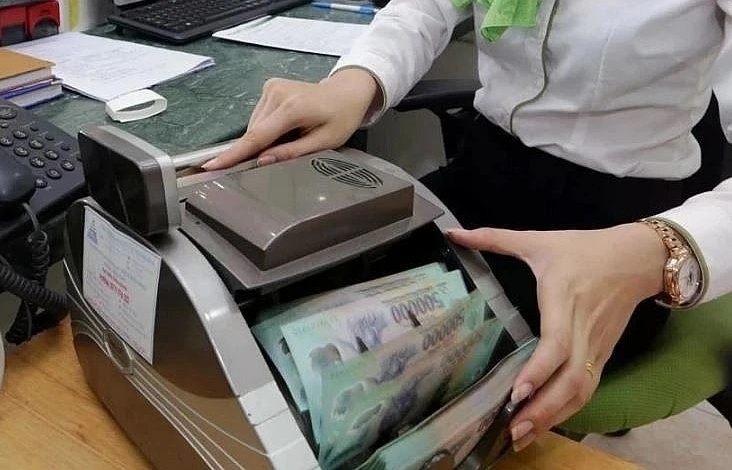









 Mobile Version
Mobile Version